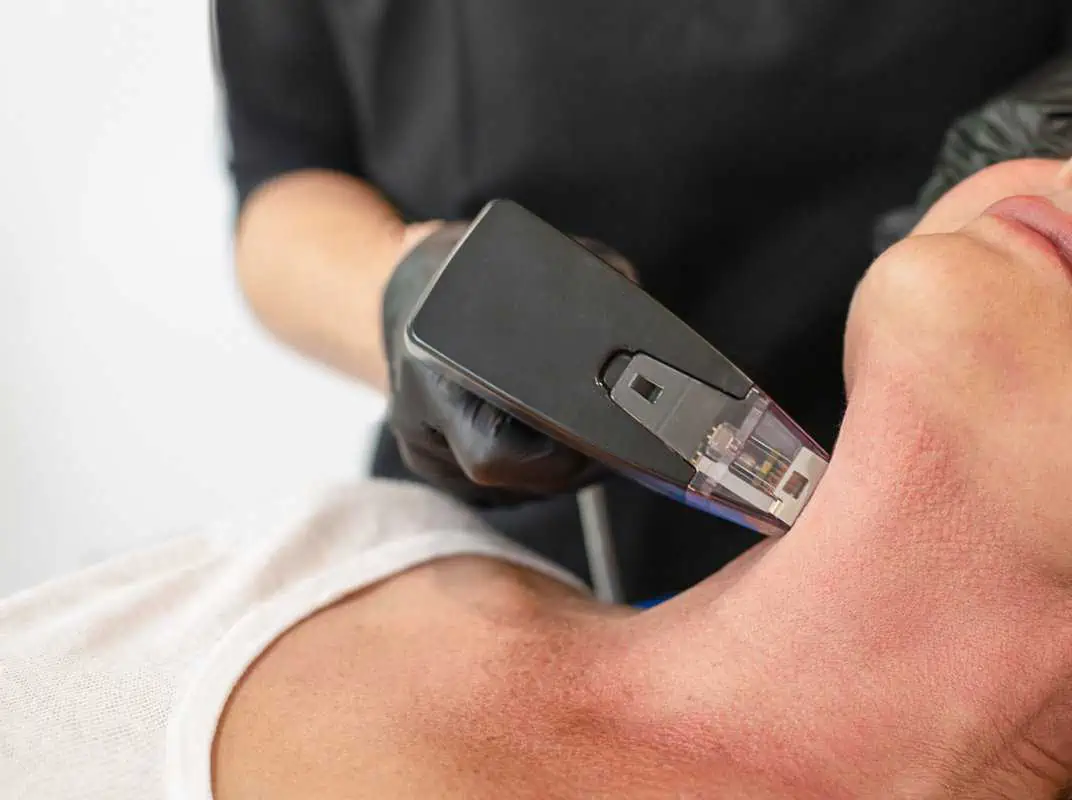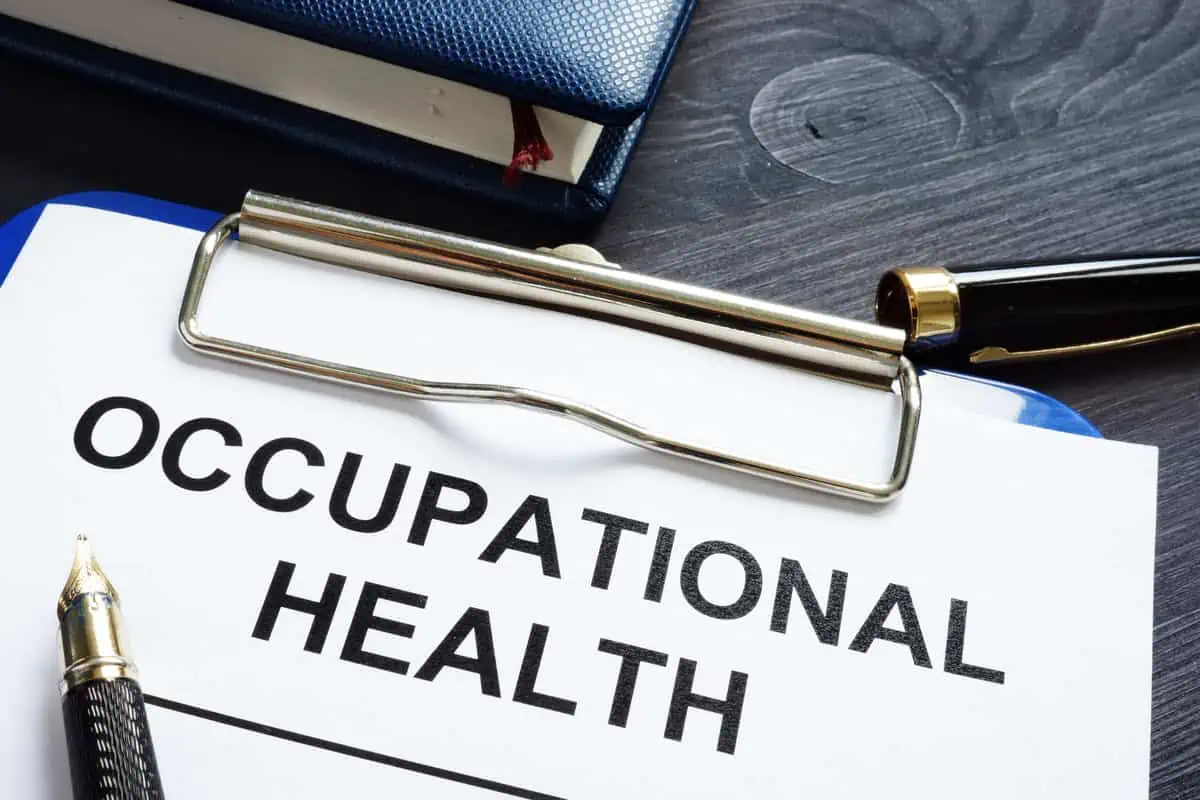In the fast-paced world of modern business, stress has become an all too common companion for employees. From looming deadlines to high-pressure environments, the demands of the workplace can take a toll on mental and physical well-being. However, there’s a beacon of hope amidst the chaos: Occupational Health Services (OHS). These services are not just about addressing injuries; they’re about cultivating a culture of well-being. Let’s delve into how OHS can transform your workplace and alleviate stress.
Understanding Occupational Health Services
Occupational Health Services encompass a range of programs and initiatives designed to promote the health, safety, and well-being of employees in the workplace. From preventive measures to rehabilitative care, OHS focuses on optimizing working conditions and enhancing overall team member wellness.
Advantages of Occupational Health Services
- Preventive Care: One of OHS’s primary advantages is its emphasis on preventive care. By identifying potential hazards and risks early on, OHS helps mitigate the likelihood of workplace injuries and illnesses. Employees can proactively address health concerns through regular health assessments and screenings, reducing absenteeism and improving productivity.
- Customized Wellness Programs: OHS offers tailored wellness programs to meet different industries and organizations’ unique needs. These programs may include stress management workshops, ergonomic assessments, nutrition counseling, and fitness initiatives. By empowering employees to prioritize their health, organizations foster a culture of well-being that extends beyond the workplace.
- Early Intervention: Prompt identification and intervention are crucial in managing workplace injuries and illnesses. OHS facilitates early intervention by providing access to healthcare professionals who specialize in occupational medicine. Whether it’s treating musculoskeletal disorders or addressing mental health concerns, early intervention can prevent conditions from escalating and minimize their impact on productivity.
- Compliance and Regulations: In today’s regulatory landscape, compliance with occupational health and safety regulations is non-negotiable. OHS ensures that organizations adhere to legal requirements and industry standards, minimizing legal liabilities and reputational risks. OHS helps organizations foster a safe and compliant work environment by staying abreast of regulatory changes and implementing best practices.
- Enhanced Productivity: A healthy workforce is a productive workforce. By investing in employees’ health and well-being, organizations can reap the rewards of increased productivity and efficiency. Reduced absenteeism, lower turnover rates, and improved morale are tangible benefits of prioritizing occupational health and safety.
Implementing Occupational Health Services
- Assessment and Planning: The first step in implementing OHS is conducting a comprehensive evaluation of the workplace environment. This involves identifying potential hazards, evaluating existing health and safety protocols, and gauging team member wellness needs. A tailored OHS plan outlines specific interventions and initiatives based on the assessment findings.
- Education and Training: Employee engagement is critical to the success of OHS initiatives. Organizations should invest in educating employees about the importance of occupational health and safety and providing training on relevant topics such as ergonomics, hazard identification, and emergency response. Organizations foster a culture of safety and accountability by empowering employees with knowledge and skills.
- Access to Healthcare Professionals: Central to OHS provides employees with access to qualified healthcare professionals specializing in occupational medicine. These professionals play a pivotal role in conducting health assessments, diagnosing work-related injuries and illnesses, and facilitating appropriate treatment and rehabilitation. Organizations partnering with healthcare providers ensure that employees receive timely and effective care.
- Continuous Monitoring and Improvement: OHS is not a one-time initiative; it requires ongoing monitoring and evaluation to ensure its effectiveness. Organizations should establish mechanisms for collecting team member feedback, conducting regular audits of occupational health and safety practices, and updating policies and procedures as needed. By continuously striving for improvement, organizations can create safer and healthier workplaces for their employees.
The Road Ahead: Innovations in Occupational Health Services
As workplaces evolve and new challenges emerge, the field of Occupational Health Services continues to innovate. Here are some trends shaping the future of OHS:
- Technology Integration: Technology integration, such as wearable devices and data analytics, is revolutionizing OHS. Wearable technology can track employees’ health metrics in real time, enabling early detection of potential health issues. Data analytics provide insights into workplace trends and hazards, facilitating proactive risk management strategies.
- Telemedicine and Virtual Care: Telemedicine platforms allow employees to consult with healthcare professionals remotely, reducing barriers to accessing care. Virtual care options, such as teletherapy for mental health support, enhance the accessibility and effectiveness of OHS interventions, particularly in remote or geographically dispersed workplaces.
- Mental Health Support: Recognizing the importance of mental health in the workplace, OHS programs increasingly incorporate mental health support services. From team member assistance programs (EAPs) to resilience training, these initiatives aim to destigmatize mental health issues and provide employees with the resources they need to thrive.
- Workplace Ergonomics: With the rise of remote work and flexible arrangements, ergonomic considerations have gained prominence in OHS. Organizations are investing in ergonomic assessments for home offices and remote workspaces to prevent musculoskeletal injuries and promote ergonomic best practices.
- Behavioral Safety Programs: Behavioral safety programs focus on modifying team member behavior to reduce the risk of accidents and injuries. These programs complement traditional safety measures and contribute to injury prevention efforts by fostering a safety-conscious culture and encouraging positive safety behaviors.
Conclusion: Embracing the Promise of Occupational Health Services
In an era of rapid change and uncertainty, the importance of prioritizing team member health and well-being cannot be overstated. Occupational Health Services offer a proactive and comprehensive approach to addressing workplace stress and promoting a culture of safety and wellness. By embracing OHS initiatives, organizations can not only safeguard the health and safety of their employees but also unlock significant business benefits, including increased productivity, reduced absenteeism, and enhanced morale.
As we look to the future, let us continue to innovate and collaborate to create healthier, safer, and more resilient workplaces. Together, we can build a brighter and more sustainable future for workers around the globe. Remember, the journey to workplace well-being begins with a commitment to Occupational Health Services. Are you ready to embark on this transformative journey?
With Resurgence Wellness Occupational Health Services in Arlington, TX, businesses can expect expert guidance, customized solutions, cutting-edge technology, and comprehensive support to transform their workplace culture and empower their employees to thrive. Contact us today to unlock your team’s full potential and elevate your success.






